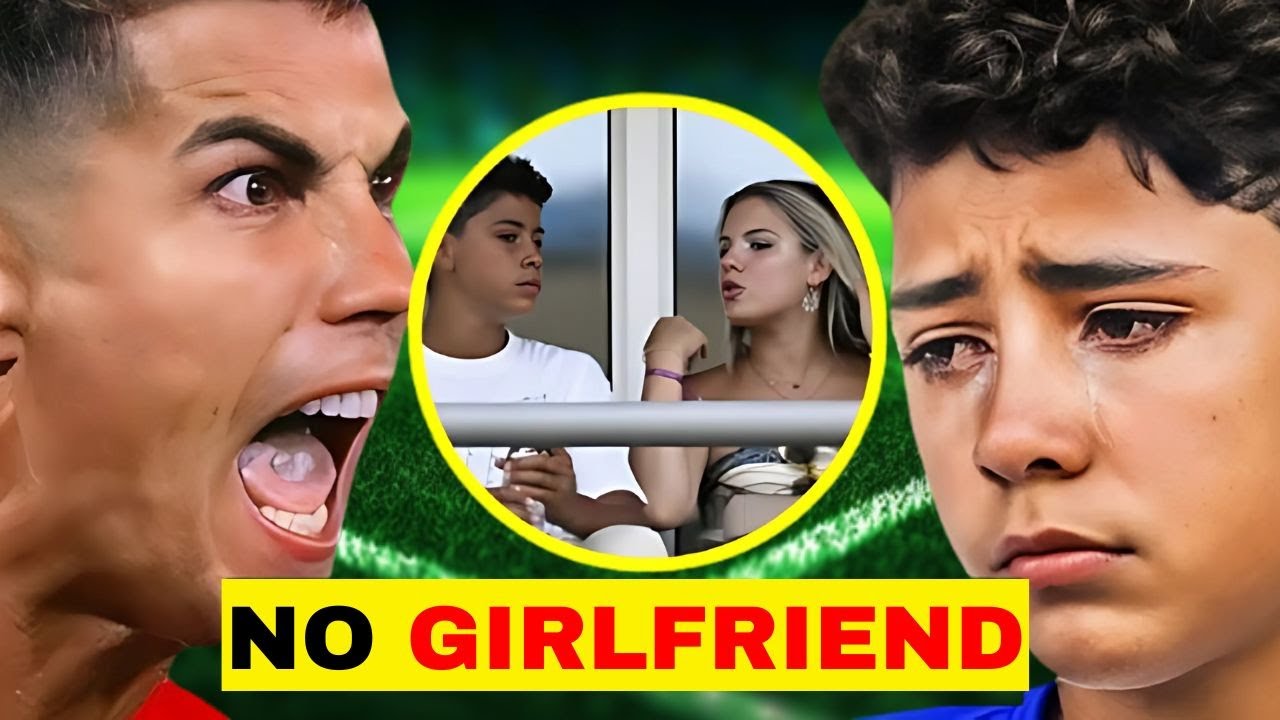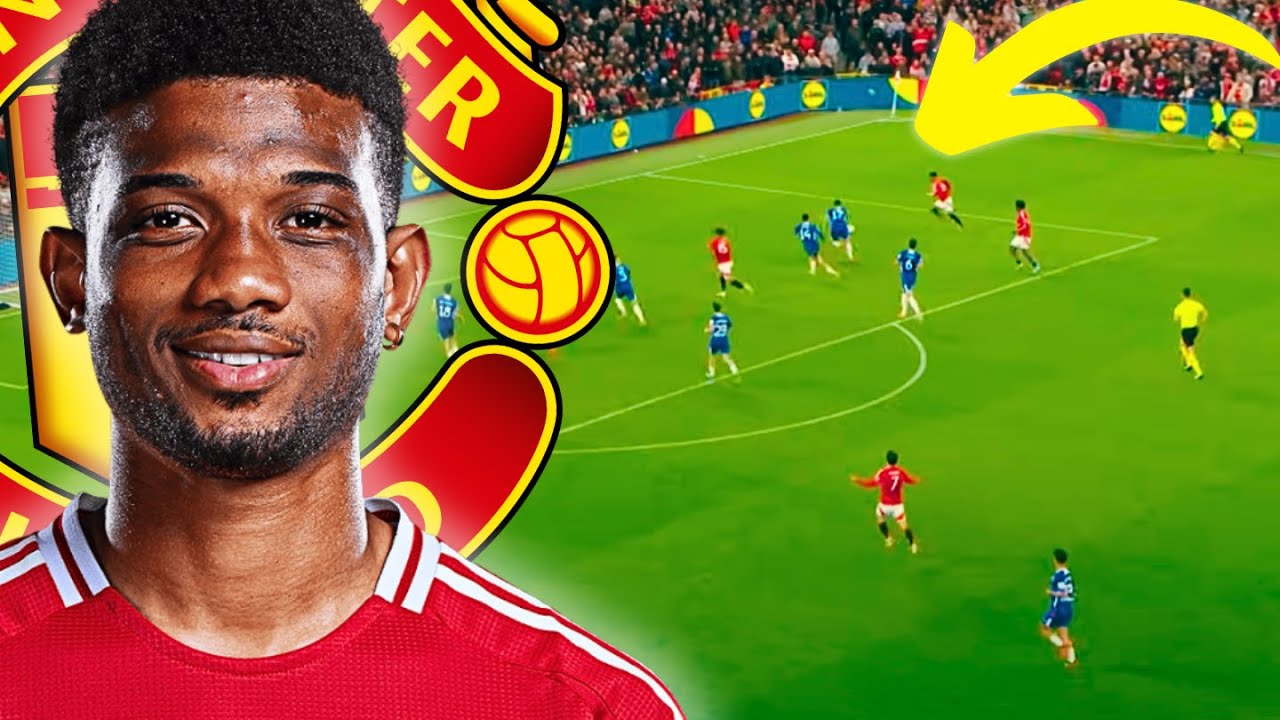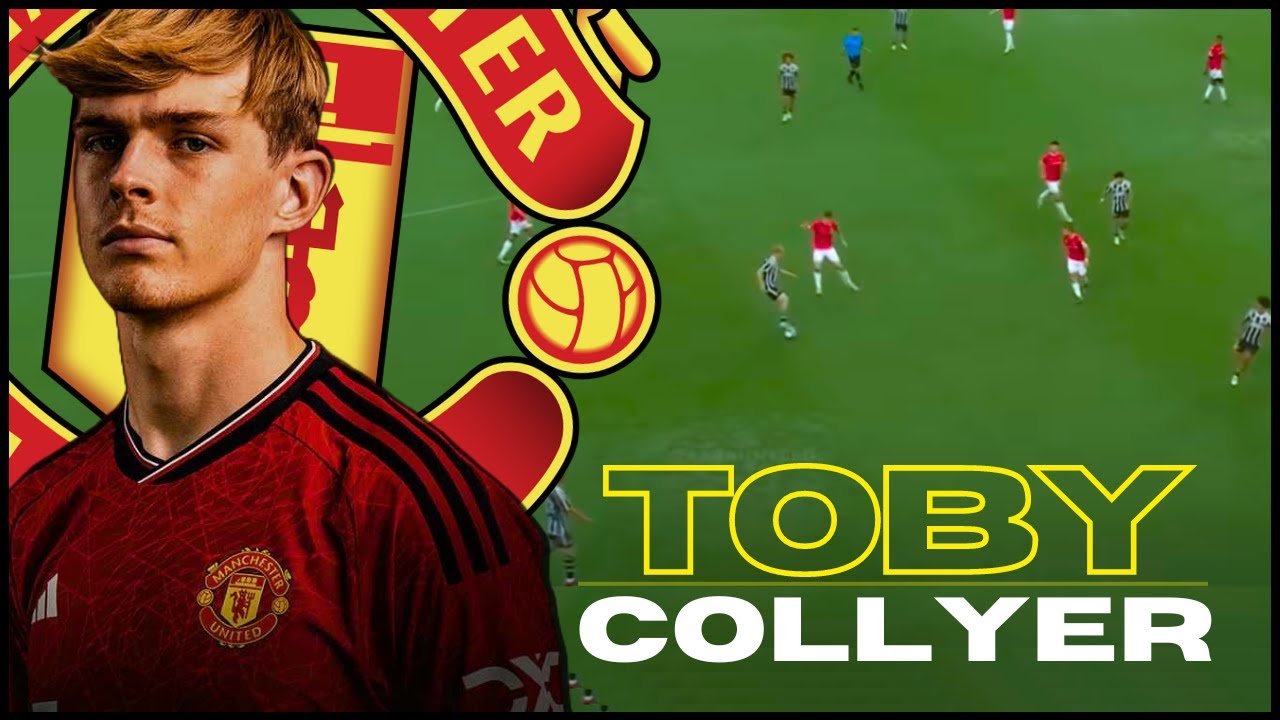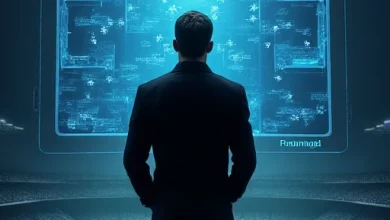The Untold History of Champions League
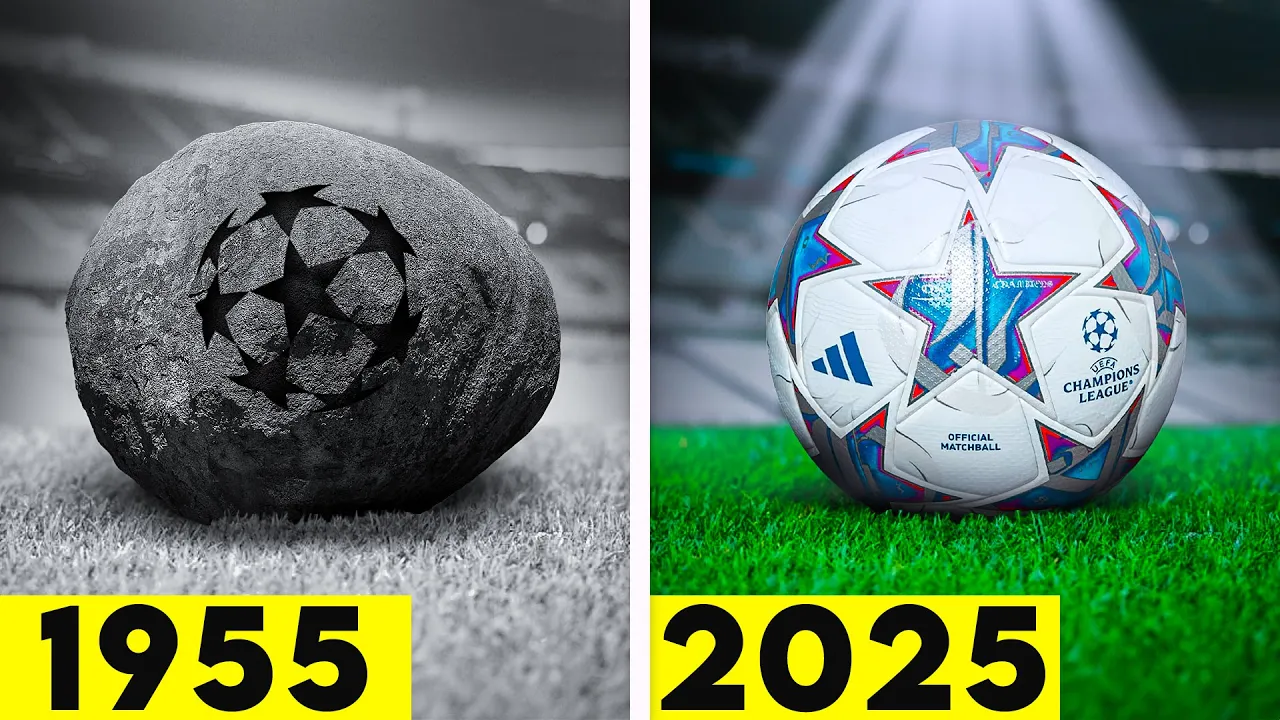
This is what the Champions League was like almost a century ago, and this is what it looks like today. So how did we get here? Well, it all started in 1954 when the English club Wolverhampton Wanderers beat Hungarian team Honved in a competition known as the Metropa Cup.
This victory led the English press to hail Wolverhampton as the champions of the world, but this just wasn’t the case. This Metropa Cup wasn’t a serious competition with few games being played and a small selection of teams in the tournament.
After seeing these headlines, Hungarian reporter Gabriel Hanna just had enough, and he called for a Europe-wide competition to really figure out who was the best team. He brought this idea to UEFA, and just like that, the Champions League was born.
Now, the story of the Champions League has 10 parts to it, like the saddest day in Champions League history that saw all English clubs get banned for six years. We’re even going to talk about the future of the Champions League because they want to remove the group stages and turn the Champions League into a super league. But let’s start from the first season.
16 teams, each champion of their own respective nations, came together to take part in the first edition of the Champions League. The format of this competition was very different to the Champions League we know today. There were no group stages, meaning it was a straight knockout tournament.
Extra time and penalties didn’t exist, so matches would have to be replayed in case of a draw. Prize money wasn’t even a thing, so clubs just played for passion and prestige. And last of all, it wouldn’t be called Champions League for a couple more decades, so for now, it was known as the European Cup.
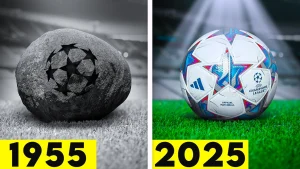
Now, let’s talk football. Who won the first edition? Real Madrid. But they didn’t stop there because they won the second, the third, the fourth, and the fifth seasons of it. This Real Madrid dominance was spearheaded by two legendary players, Ferenc Puskas, who scored a hat-trick in the 1960 final, and Alfredo Di Stefano, who scored two final hat-tricks in 1958 and also in 1960. This 1960 final saw Real Madrid defeat Frankfurt 7-3, which, to this day, still remains the highest-scoring final ever.
But Real Madrid weren’t the only super team in this period because there were a couple more clubs who were ready to write their names in history. The next two titles went to Benfica with the help of Eusebio as they defeated Barcelona and Real Madrid in back-to-back finals. But they would soon find out what Italian football had to offer because AC Milan and Inter Milan would take home the next three titles.
This Inter Milan team, led by manager Heleno Herrera, was famous for its defensive catenaccio tactics, which literally to bolt the door shut. As this era came to an end, Real Madrid would get one last hoorah, defeating Partizan in the 1966 final, marking the end of this Real Madrid domination, with Puskas retiring and Di Stefano having retired a couple seasons earlier.
But the Champions League was changing fast, with new rules in place and new teams who were ready to conquer Europe. 1967 was an important year for the European Cup as extra time and penalty shootouts were introduced, just adding to the drama of it all. This meant that replays were removed and the away goal rule was introduced, so if a match ended in a draw after both legs, the team with the most away goals would go through.
This era saw new teams rise to the top. Celtic took home the trophy in 1967, making them the first British club to achieve European glory. The year after that, Manchester United beat Eusebios Benfica 4-1 in the final.
This Man Utd victory meant more than just a trophy, because ten years earlier, this same team was involved in a plane crash, killing eight of their players, meaning in just a decade they rebuilt and fought their way to the top of football once again, thanks to players like George Best and Bobby Charlton.
The next two years would see both AC Milan and Feyenoord lift the trophy, but the world was about to witness the start of two European powerhouses, Ajax and Bayern Munich. In 1970, there was a 24-year-old Dutchman playing in Ajax who was ready to take over football, and his name was Johan Cruyff.
He led this Ajax team to three Champions League victories in a row, where the world got to witness a new style of play called Total Football. This was sexy football, with dynamic positions and a fluid playstyle that focused on attack and high pressing. In the third year of their three-year-in-a-row, they beat out Juventus 1-0 in the final, and this was significant for Juventus as it was the start of a tradition they still hold today.
This was the tradition of bottling the final, as they have the most final defeats in the competition history. They’re like a European Tottenham Hotspur. In Tottenham Hotspur.
Now, after seeing Ajax’s hat-trick of Champions League’s, Bayern Munich got jealous, so they just went and did the same thing. With the colossal Franz Beckenbauer at the back and the lethal Gerd Müller up front, Bayern defeated Atletico Madrid, Leeds United and Sanitien to complete their own three-peat.
But unlike Ajax, Bayern Munich’s success was built on a rock-solid defence, as they barely conceded any goals and would often catch teams out on the counter-attack. But at the same time, English clubs were cooking, as they were ready to put an end to the German dominance of Bayern Munich and were about to take over European football.
Now, we still have seven chapters left in the story of the Champions League, and Juventus have a lot more finals to lose. But before we get to that, I need your help. I’m trying to get to 100K subs this year, so I’d really appreciate if you would subscribe and help take Top Bins to the top of football YouTube.
All right, now that that’s out of the way, let’s get into the insane rise and the tragic fall of English clubs in the Champions League. In 1977, Liverpool would kick off this era by winning their first Champions League, and then their second the year after that under iconic manager Bob Paisley. In the two seasons after that, Nottingham Forest would somehow win it back-to-back, which was a real underdog story and a true testament to the excellence of manager Brian Clough.
In 1981, Liverpool would return once again by beating Real Madrid in the final to win their third Champions League in five years. This was followed by an Aston Villa triumph over Bayern Munich in 1982, which meant that for six years in a row, the European Cup went to an English club, which to this day remains the longest one-nation winning streak in the tournament’s history.
But all streaks must come to an end sooner or later, as Hamburg would break up the English party, beating out our beloved Juventus in the 1983 final. Liverpool would get one last hurrah in the Champions League, beating Roma on penalties in 1984, making it their fourth victory in just eight years. I mean, this Liverpool team was unreal. Ian Rush, Kenny Dalglish, and Graeme Sourness really wrote their names in the history of football.
But within one season, Liverpool would go from the top of Europe to getting banned for six years because of the tragedy that was about to unfold. The next season’s final would see Liverpool come up against Juventus. Now, during this time, hooliganism was becoming a big problem in England, with lots of violence and fights between fans. But this game would see this violence go to a whole new level.
The game was taking place in the Heysel Stadium in Brussels, and fans arrived excited to see their teams play. As they were led into the stadium, the opposing fans were sectioned in opposite sides of the stadium, except for one group of Juventus fans, which were placed right next to the Liverpool supporters.
Before the game could even kick off, the Liverpool fans started throwing objects and flares at the Juventus fans. Some fans also jumped the fence that was separating the supporters and started fighting. These Juve fans tried to escape this section with the fear of what might happen to them.
But with all the fans rushing to the bottom of the stand to get away, the stadium couldn’t withstand all that pressure, and the wall collapsed just like that. 39 people lost their lives, with the youngest victim being just an 11-year-old boy. 600 other fans suffered injuries, but managed to recover from them.
Now, despite all this happening, the officials decided to allow the final to be played out with the fear that cancelling it would just make the situation worse. Juventus beat Liverpool 1-0 in a game that was surrounded in tragedy. This was the last straw for UEFA, as they banned all English clubs from the competition for five years. Liverpool were banned for six years, and this era of English dominance came to a tragic end.
Now, following the Heysel disaster, UEFA had to make some changes and up their safety standards big time by ensuring all stadiums were fit to host football matches safely. The ban on all English clubs meant there was room for new teams to rise to the top of Europe, and that’s exactly what happened with the most unlikely of winners in Romanian club FCSB beating Barcelona on penalties in 1985.
Porto and then PSV took home the next two titles, making for some great underdog stories, but AC Milan were ready to take over Europe once again. They won back-to-back Champions League titles with one of Europe’s greatest ever teams. Maldini, Rijkaard, Van Basten, and Gullit meant nothing could stop the Italian giants.
Belgrade actually managed to win it the year that followed, which was yet another underdog story in this period, but to end the era off, Johan Cruyff returned to Europe, but this time, he came as a manager with Barcelona, beating Sampdoria in the 1992 final. This Barca team had a couple of icons like Ronald Koeman, Michael Laudrup, and Pep Guardiola. But you’re going to hear a lot more about Guardiola pretty soon.
Now, this year was a turning point in European football because in 1993, the European Cup was finally going to transform and become the Champions League. So, besides the name, what changed? Well, the rebrand was done with the focus of generating more revenue, as UEFA turned the Champions League into a commercialized product. They added group stages, meaning more games would be played. They made it so that all matches on the same day would kick off at the same time.
And the best part of it all? The English clubs were back. But they wouldn’t really do much in the Champions League because the Italians were taking over. For seven years straight, the final would contain at least one Italian team.
1993 saw Marseille edge out AC Milan to the trophy, but Milan would be back just one year later to thrash Barcelona 4-0 in the final. After that, Ajax would put a stop to the Milan dominance as they won it in 1995. 1996 actually saw Juventus win a final, but things would go back to normal in 1997 as Juventus lost yet another final, and this time against Borussia Dortmund. With this Juventus team, the world got to see Zinedine Zidane light the Champions League on fire as he was a key player in the team.
Now, up until this point in history, the Champions League was actually a Champions League, with only the champions of each nation taking part. But in 1998, this would all change. There were talks of a European Super League forming amongst Europe’s biggest clubs, which caused UEFA to respond by increasing the number of Champions League spots to 32, meaning that multiple teams from one nation would be allowed to take part. This meant more games, more drama, more goals, and this is the format that we still see today, and we’re going to see for one more year because in 2025, the Champions League will completely change. But we’ll get to that soon.
Now, this era kicked off with the return of European royalty. Real Madrid would win the Champions League in three out of the next six years with a ridiculous team. I’m talking Raul, Roberto Carlos, Luis Figo, and Zidane, who had just made the move from Juventus because he actually wanted to win a final for once. And he wouldn’t just win, he won in style with probably the greatest final goal in the competition’s history.
In 1999, we also saw Manchester United return by scoring two 90th-minute goals against Bayern Munich to win Sir Alex Ferguson his first Champions League trophy in the most dramatic way possible. Despite this, Bayern bounced back a couple years later, thanks to the heroics of goalkeeper Oliver Kahn, as they beat Valencia to the trophy in a penalty shootout. AC Milan won yet another title as Juventus lost yet another final in 2003. Poor Juve fans.
This was followed by the arrival of the special one in Europe. Mourinho announced himself as one of the greats by managing Porto to a Champions League victory against all the odds, making for one of Europe’s great underdog stories. But what was even more unlikely than that is what Liverpool did the year after. In the 2005 final, they were three goals down going into halftime against AC Milan.
The game was over. There was no chance of a comeback, especially against this Milan team. But in the 54th minute, Gerrard bagged a header. Just two minutes later, Schmitzer made it 3-2, and just six more minutes passed till Gerrard won a penalty, and Liverpool made it 3-0. The game went to extra time, and it eventually came down to a penalty shootout, which Liverpool managed to win, completing the greatest comeback in the history of the Champions League.
Now, roll on 2006, and the mighty Arsenal came up against Barcelona in the final. An early red card to Lehmann posed a challenge that Arsenal just couldn’t overcome. The brilliance of Ronaldinho and Samuel Eto’o. Now, this Barcelona victory meant a certain Lionel Messi would pick up his first Champions League winner’s medal. Even though he wasn’t a part of the final, he was still a part of the squad throughout the tournament, meaning it counts as a win for him.
The Entire History Of Champions League
Then,2007 saw Milan get their revenge on Liverpool as they sunk the Scousers, winning two goals to one thanks to a brace from Inzaghi. This Milan team was quite special to say the least, with Pirlo and Gattuso in the midfield, Maldini at the back and Zidorf who had just won his fourth Champions League with his third club as he formed part of the Ajax winners of 95 and the Real Madrid team of 98 too, and not to mention the brilliance of Kaká who finished top scorer in the Champions League also picking up a Ballon d’Or.
Now this was significant because this would be the last time for the next 12 years that a player besides Lionel Messi or Cristiano Ronaldo finished as the top scorer of the Champions League or won the Ballon d’Or, because in the next season this Messi-Ronaldo domination would finally kick off. But before that, there were a couple of greats in this era who just missed out on the Champions League trophy but still deserve a shout out:
- Ruud van Nistelrooy
- Francesco Totti
- Hernán Crespo
- Fabio Cannavaro
- Dennis Bergkamp
- Ronaldo Nazario
All played for great teams in this period but all just missed out on lifting the trophy.
Ok, now the Messi and Ronaldo era finally kicks off. In 2008, it was an all-English final between Manchester United and Chelsea. Cristiano Ronaldo scored a goal, but Lampard soon equalized. After the 90 minutes, it was still one-all.
The game went to penalties, where Ronaldo stepped up and missed. But by a stroke of luck, John Terry missed the penalty that would have sealed it for Chelsea, meaning Manchester United would lift the third Champions League in their club’s history and Ronaldo would lift his first one. This United team wasn’t all Ronaldo though. The likes of Rooney, Scholes, Giggs, Ferdinand and Vidić all helped make this United team great.
But just one year later, Ronaldo and United would go from champions to runners-up, as Lionel Messi, with the help of some greats like Henry, Iniesta and Xavi, would sink United two goals to nil under the management of Pep Guardiola. But I have to highlight a specific game of this year’s Champions League and that’s the second leg of the Semana. The Chelsea players just couldn’t believe what was happening. But that’s football, sometimes these things happen I guess.
Now the next season would see Messi and Ronaldo take a break from the final, as Jose Mourinho was back in the headlines with Inter Milan beating Bayern Munich thanks to a brace from Milito. All on 2011 and it’s déjà vu, with Barcelona against United once again and Lionel Messi scoring to sink Man Utd once again. Chelsea finally got their trophy in 2012, beating Bayern Munich on penalties.
Ok now 2014 was a crazy year in the Champions League. Ronaldo scored 17 goals this year, breaking the record for the most goals scored in a single Champions League season, which used to be 14 by Messi. And this final was dramatic, to say the least.
A Madrid derby, where Atletico Madrid scored early on and held the lead all the way until the 93rd minute, but Sergio Ramos stepped up, scoring a header to send the game to extra time. Real Madrid went on to obliterate Atleti.
